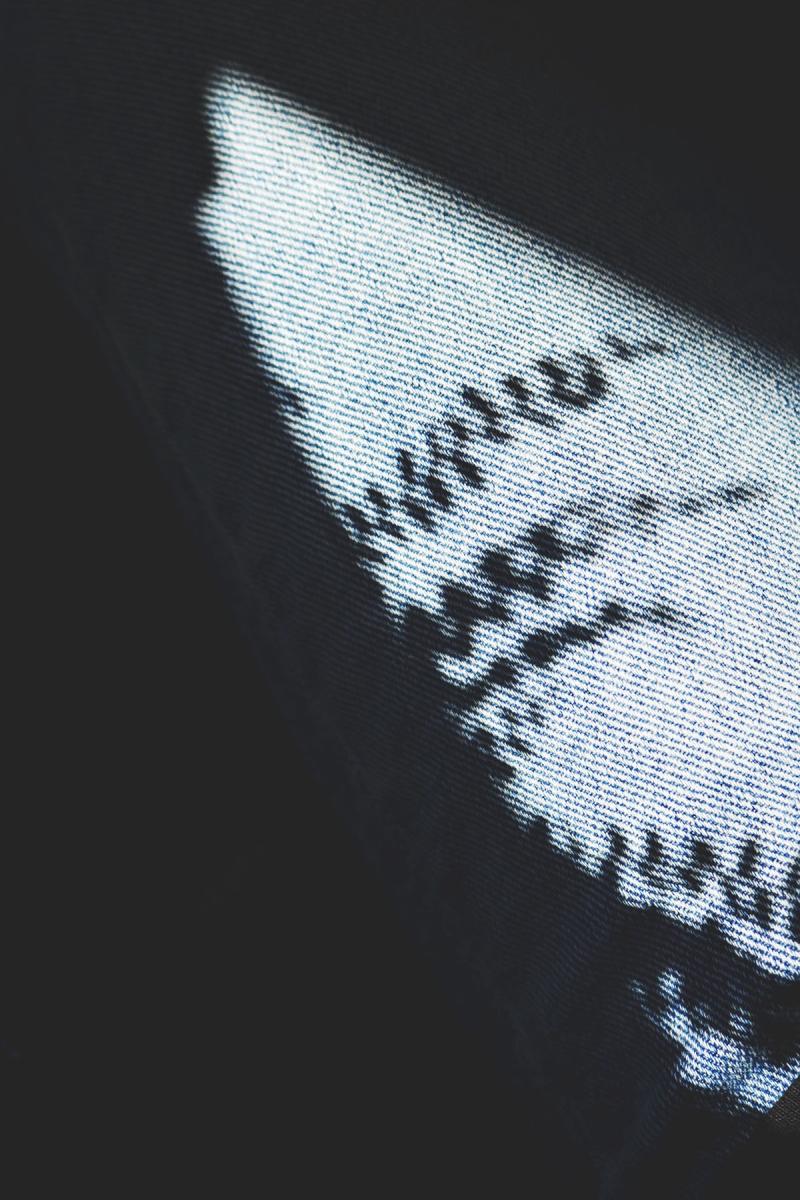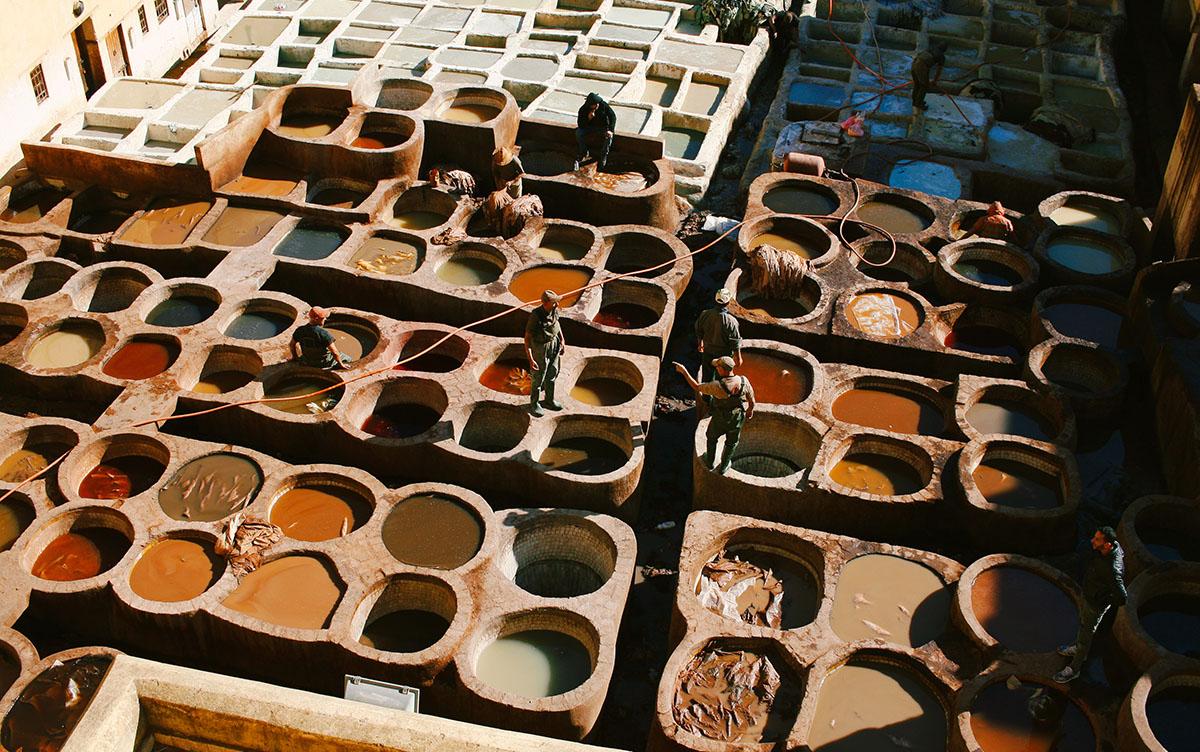Ennobling is part of the textile and footwear item production phase. It consists in giving new characteristics to products thanks to various processes.
Ennobling can occur on a fibre, a thread, a fabric (material, knitwear, non-woven fabric, leather) as well as on a finished product. The first part of the ennobling process consists in preparing the material : washing, bleaching, degreasing (of wool for example, to remove animal greases), desizing (to remove the sizing agents used during spinning processes) … Once the material is prepared, the ennobling process will depend on the feel, aspect and properties we want to give the product. These operations can consist in colouring products, namely thanks to dyeing or printing processes. Numerous chemical and mechanical finishes exist in order to modify the appearance, the surface, the feel or the properties of products.
Ennobling processes are therefore numerous, given the quantity of finishings that exist. Nevertheless, these processes have a serious impact on the environment as well as on the health of workers: water consumption, use of chemical products, health risks…
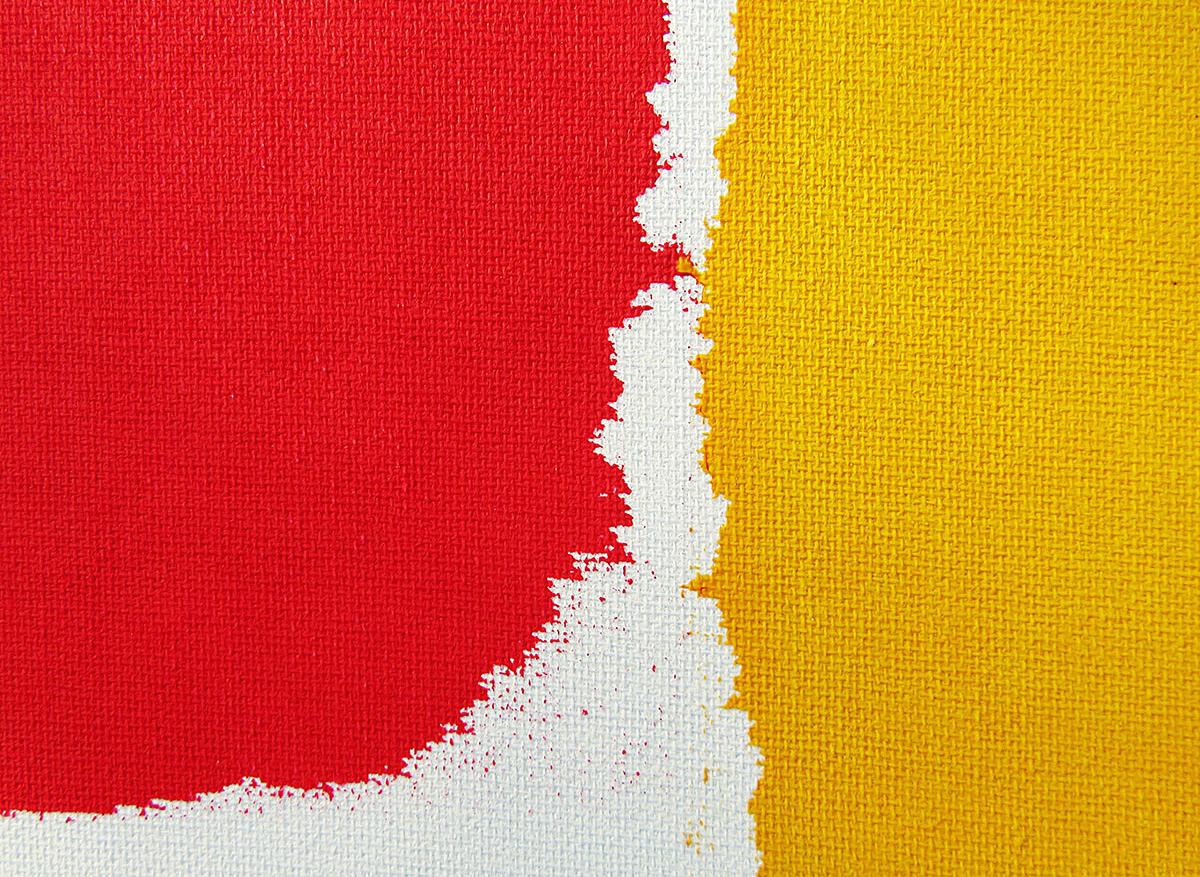
Dyeing is an ennobling process which consists in colouring a textile material via the absorption, diffusion then migration of dye within fibres.
Dyeing can be discontinuous (on fibres, threads and fabrics) or continuous (only on fabrics). The choice of the dyeing process depends on the type of item (composition), the type of dye, the material available…
In addition to the dye, numerous dyeing auxiliaries (fixing agents, dispersing agents, salts…) are used to optimise the processes. Consequently, numerous parameters need to be taken into account if we want to orient ourselves towards more environmentally-friendly dyeing processes..
Environmental impacts of dyeing
- High water consumption for dye and rinsing baths;
- Water pollution by the dyes and dyeing auxiliaries (toxicity for the aquatic environment, presence of metals, coloration of the water, eutrophication of the water);
- Emissions of volatile organic compounds into the atmosphere;
- Energy consumption.
Source : Eco-conception des produits textiles-habillement - WWF

Alternatives to chemical dyeing
In order to reduce the pollution of water by dyes, it is possible to opt for organically sourced dyes. These dyes can be of vegetal (plants, flowers, fruits, grasses, barks, spices) or animal origin (cochineal, shell…).
Natural dyeing
Natural dyeing is an ancestral and relatively small-scale practice. Nevertheless, certain dyers are developing techniques in order to industrialise this practice. It's the case of Archroma, the world dyeing market leader, which has patented the EarthColors. method which creates a range of dyes from inedible agricultural waste such as walnut shells, bitter oranges, the cotton plant, beetroot waste…
Dry dyeing
This dyeing process is namely possible on garnetted recycled fibres following sorting according to colour and a spectrometric analysis. The precise dosing of garnetted fibres enables the desired colour to be achieved, limiting the use of chemical compounds.
Digital dyeing
This process dyes the core of fibres thanks to a laser which enables water consumption and chemical products to be avoided. This technology is namely proposed by Twine.
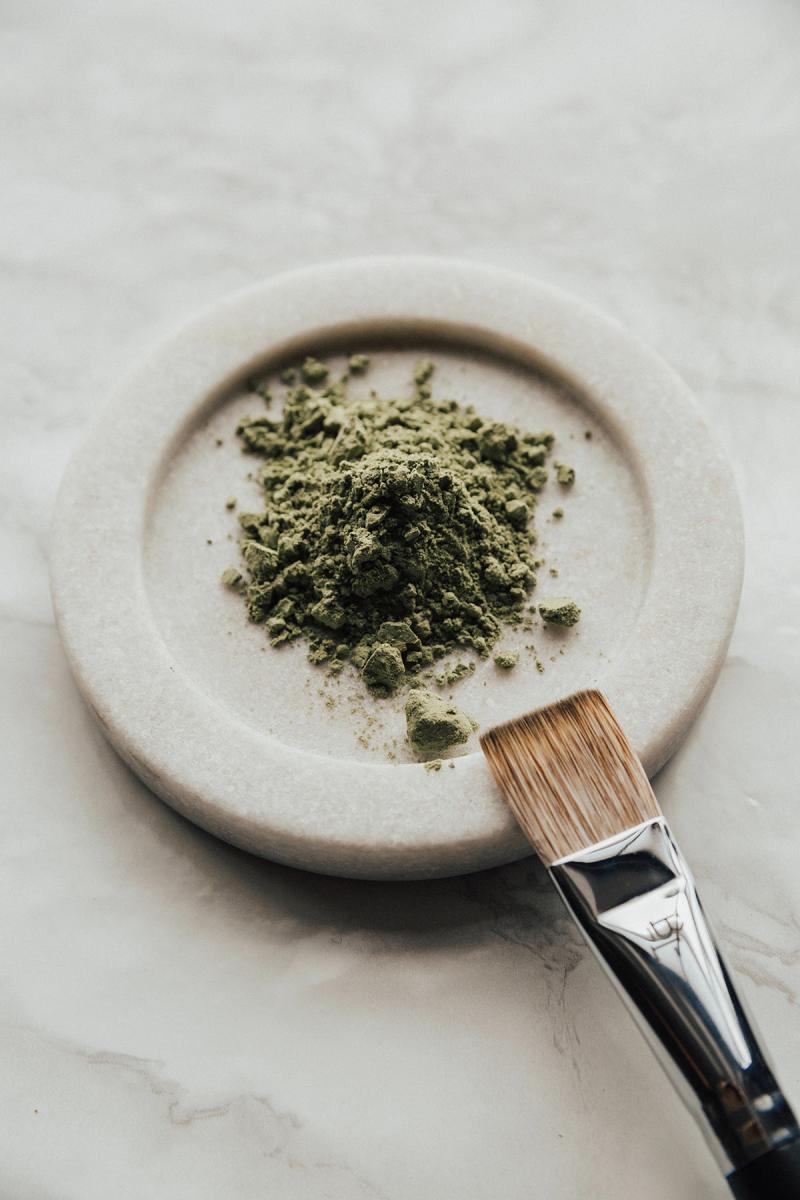
Finishing refers to a series of processes undergone by textiles at the end of manufacturing with the objective of modifying the appearance, surface, feel or properties of textiles.
Chemical finishes
Generally speaking, chemical finishes consist in applying a product to the textile material in order to modify its properties. To apply products to textile material, two techniques are used: padding and coating.
-
During padding, the textile is soaked in a bath containing the finishing product. The material is then passed through several rollers to encourage impregnation and remove excess product..
-
Coating consists in applying the product directly to the material, then scraping off excess product. This technique is used for single-sided treatments.
Examples of chemical finishes: matage (reducing glossiness), glazing (adding glossiness), fire-proofing, damp-proofing, oil repellence, anti-stain, super-wash treatment…
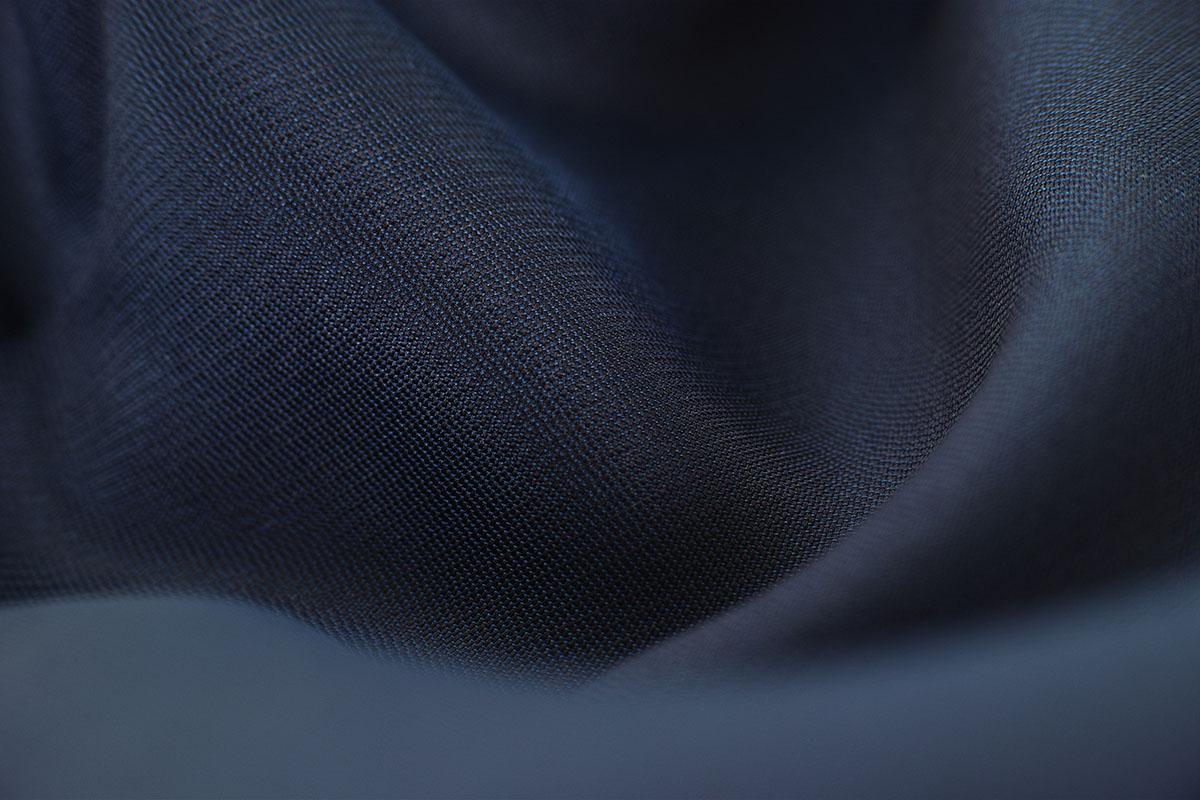
Mechanical finishes
Mechanical finishes modify textile fibres via a mechanical or thermal action. Textile materials are passed through hot, engraved or brush rollers… to give them a new feel and visual aspect.
Examples of mechanical finishing:
-
Emerising: gives a "peach skin" feel thanks to emery-covered rollers ;
-
Calendering: thins the material by passing it through two hot rollers ;
-
Embossing and raising: raises materials thanks to engraved rollers ;
-
Napping and fulling: removes surface fibres to modify thickness and make materials softer ;
-
Creasing: material is creased then fixed.
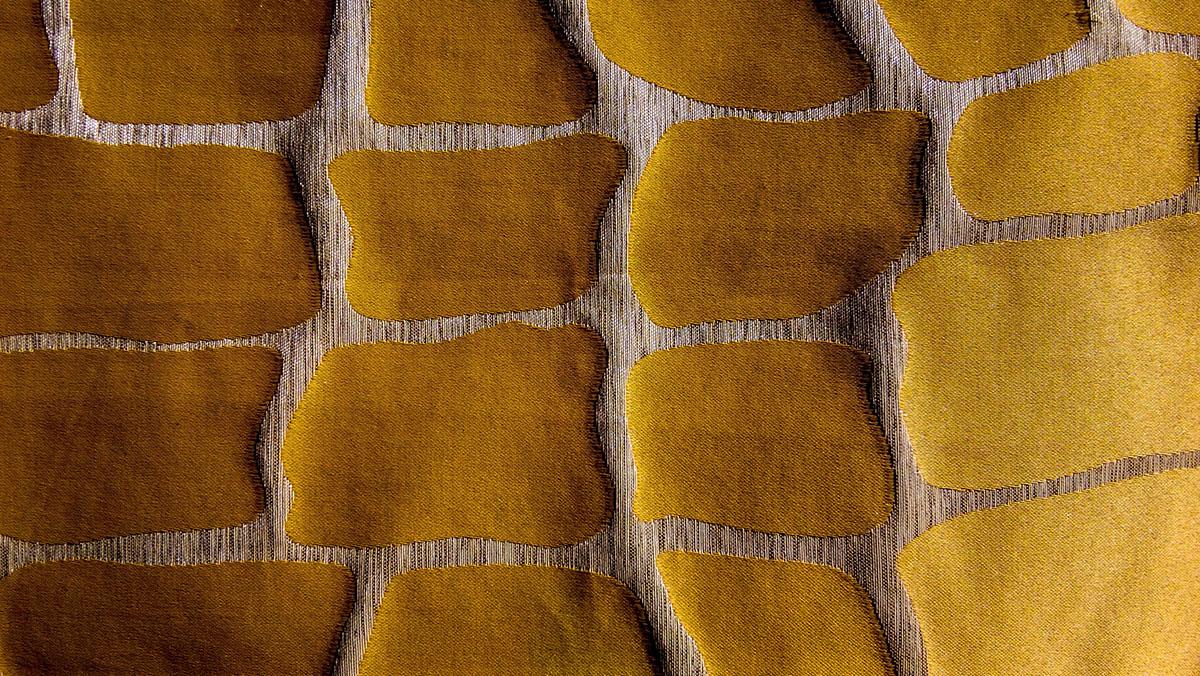
Which finishes should be chosen when eco-designing a product?
In an eco-design approach, mechanical finishes should be preferred. This choice enables the chemical products used for finishing, which can be harmful to the environment and health, to be reduced. In addition, chemical finishes, and namely coatings, can constitute a brake to recycling at the end-of-life of products. Coatings are likely to damage recycling tools and create impurities in recycled materials. The same is true for encapsulations.
To give jeans a bleached, distressed and time-worn aspect numerous processes are used. These processes can be harmful to the environment and health.
Among these processes, sanding enables jeans to be bleached thanks to high-pressure sand pulverisation. Silica dust can enter the body making workers susceptible to developing silicosis (pulmonary illness).
New jean bleaching technologies are emerging and permit resorting to practices such as sanding to be avoided. Furthermore, sand is a non-renewable material which is starting to become scarce. These practices enable energy and water consumption to be reduced:
-
Laser engraving permits the fabric surface to be bleached.
-
Ozone bleaching exposes damp jeans to ozone in order to oxidise the fabric.
Source : Le revers de mon look - ADEME
